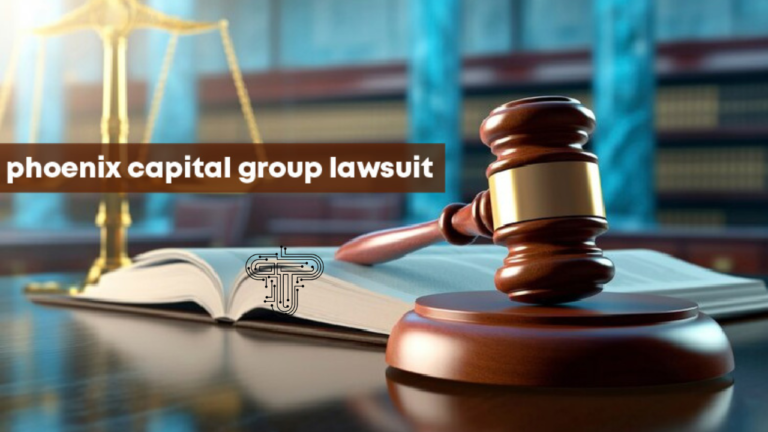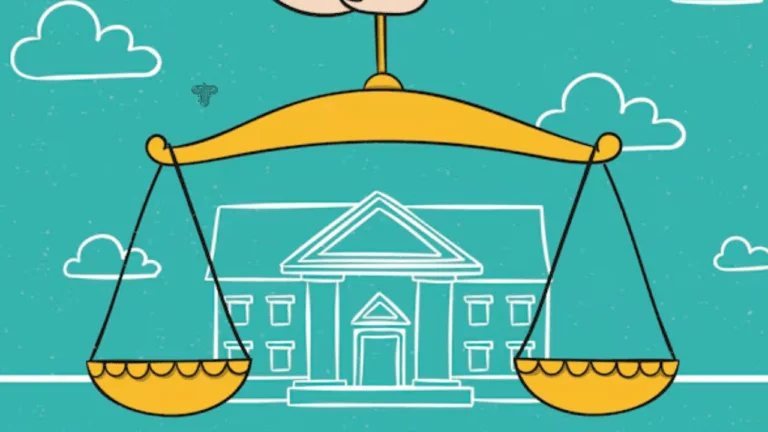Ashcroft Capital Lawsuit: Key Details, Allegations, and What It Means for Investors
Introduction: A Syndicator Under Fire
Ashcroft Capital, a prominent real estate investment firm known for its multifamily syndication strategies, faces legal scrutiny after a disgruntled investor filed a lawsuit that could have far-reaching implications for the company and its stakeholders. The lawsuit, which was brought forth in early 2024, underscores growing concerns about transparency, investor communication, and accountability in the world of real estate syndications. For many investors who trusted Ashcroft Capital’s leadership and performance, the lawsuit has raised questions about the security of their investments and the legitimacy of the firm’s operational claims.
Background: Who is Ashcroft Capital?
Founded by Joe Fairless and his partner Frank Roessler, Ashcroft Capital has become a major player in the real estate syndication space. The firm specializes in acquiring and repositioning multifamily properties across the United States, with a portfolio once touted to be worth over $2 billion. Ashcroft Capital gained popularity among passive investors seeking consistent returns through real estate without the need to manage properties themselves. The company promised strong returns through strategic value-added renovations and efficient management practices.
Joe Fairless, in particular, built a large following through his educational podcasts and books aimed at teaching aspiring investors the ropes of syndication. His reputation and Ashcroft Capital’s aggressive growth strategy attracted thousands of investors and helped the firm secure significant capital from individual and institutional investors.
The Lawsuit: Key Allegations Unveiled
The current lawsuit, filed by an investor named David Martin, alleges that Ashcroft Capital misrepresented critical financial information related to a property investment deal and failed to provide accurate or timely updates when things went south. According to Martin, he invested in multifamily property syndication, assuming that the project would deliver steady returns and undergo necessary upgrades as promised. However, he claims that the returns never materialized and that the property underperformed significantly due to what he believes were preventable management issues.
Martin’s lawsuit alleges mismanagement, lack of transparency, and even a possible breach of fiduciary duty. In particular, he claims that Ashcroft Capital failed to disclose mounting financial problems with the property and continued to provide overly optimistic projections even as the project deteriorated. The investor argues that he was misled by marketing materials and verbal assurances from the firm’s leadership.
Investor Concerns: Trust and Transparency at Stake
While lawsuits are common in the real estate industry, the Ashcroft Capital lawsuit is attracting attention because of the firm’s high profile and widespread investor base. Thousands of investors have entrusted Ashcroft Capital with their money over the years, many relying on Joe Fairless’s guidance and the company’s polished marketing campaigns.
This legal dispute has exposed potential vulnerabilities in the syndication model, especially regarding how information is shared with investors. The lawsuit raises pressing questions:
- Were investors given all relevant financial information before investing?
- Did Ashcroft Capital adequately inform stakeholders when challenges emerged?
- Is the company structured to prioritize investor interests, or are conflicts of interest at play?
For passive investors, who often rely on sponsors to be their eyes and ears in the market, such transparency concerns can shake confidence—not just in Ashcroft Capital but in the syndication industry as a whole.
Legal Analysis: Breach of Fiduciary Duty and Misrepresentation
Two central claims are at the heart of the legal case: breach of fiduciary duty and misrepresentation. A fiduciary duty implies that Ashcroft Capital, as the general partner and syndicator, was legally and ethically required to act in the best interest of its investors. If the firm failed to disclose material financial issues or misrepresented the health of the investment, it could be seen as a violation of that duty.
Conversely, misrepresentation relates to whether Ashcroft Capital knowingly or negligently made false statements or provided misleading information to investors. If proven, this could lead to not just civil penalties but also further regulatory scrutiny.
Legal experts suggest that proving misrepresentation may be more straightforward if the investor can demonstrate a pattern of deceptive behavior or evidence that internal projections did not match the narrative presented to investors.
Impact on the Syndication Industry
The ripple effects of the Ashcroft Capital lawsuit extend beyond one firm. Real estate syndication has become increasingly popular among retail investors seeking alternative assets in a volatile stock market. Platforms like Ashcroft Capital have made it easier than ever for individuals to pool their money into large-scale real estate projects.
However, the lawsuit underscores the importance of diligence, investor education, and proper disclosure. It may lead to more stringent regulatory oversight or changes in how syndicators report to investors. Some experts also believe this could pave the way for a more standardized approach to performance reporting and investor communication in the industry.
Ashcroft Capital’s Response
As of now, Ashcroft Capital has denied any wrongdoing. In public statements, the firm emphasized that all investor communications and reporting were conducted according to industry standards and that the lawsuit lacked merit. They have vowed to defend themselves vigorously in court.
While not a named defendant, Joe Fairless has remained largely silent on the matter publicly. However, sources from the firm suggest that internal reviews and legal counsel are being pursued to protect the company’s reputation and investor relationships.
What This Means for Current and Prospective Investors
The lawsuit serves as a wake-up call for investors involved in real estate syndications. It underscores the need to:
- Read the fine print: Before committing capital, investors must thoroughly read offering memorandums, legal disclaimers, and financial statements.
- Ask tough questions: Before investing, potential investors should inquire about worst-case scenarios, how risk is mitigated, and what the communication strategy is during downturns.
- Understand the structure: Investors should know how fees are structured, who controls decision-making, and whether there are clear exit strategies.
Additionally, investors should diversify across multiple sponsors and deals rather than putting all capital into a single syndication.
Moving Forward: Lessons Learned
Whether Ashcroft Capital is ultimately liable, this case presents critical lessons for the industry. Trust is the currency in real estate syndication. Once it’s broken, it’s hard to repair. Firms must ensure that they are not only delivering returns but also cultivating transparent relationships with their investors.
For regulators, this lawsuit may catalyze a deeper look into how syndications are marketed and managed. For investors, it’s a reminder to prioritize due diligence, ask the right questions, and never rely solely on marketing material or influencer clout.
Tech Blaster
Conclusion: A Defining Moment for Syndications
The Ashcroft Capital lawsuit has spotlighted the fine line between aggressive marketing and potential misrepresentation in real estate syndication. As legal proceedings unfold, both investors and sponsors across the industry are watching closely. The outcome could shape future investor behavior, sponsor practices, and regulatory policy.
For now, the lawsuit remains a cautionary tale—an urgent reminder that even trusted names can come under fire and that every investment decision must be made with eyes wide open.







